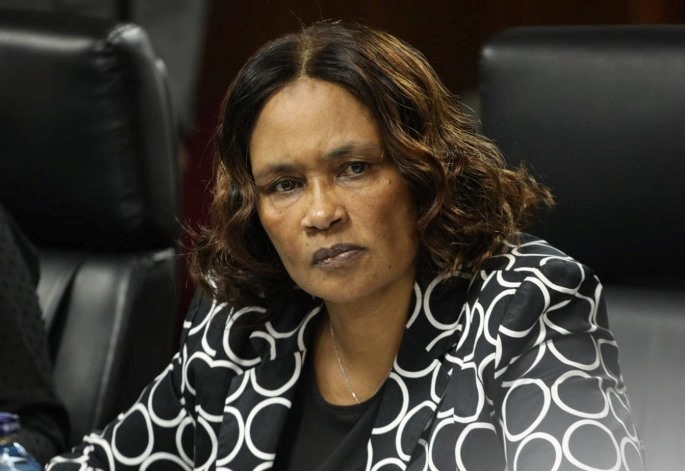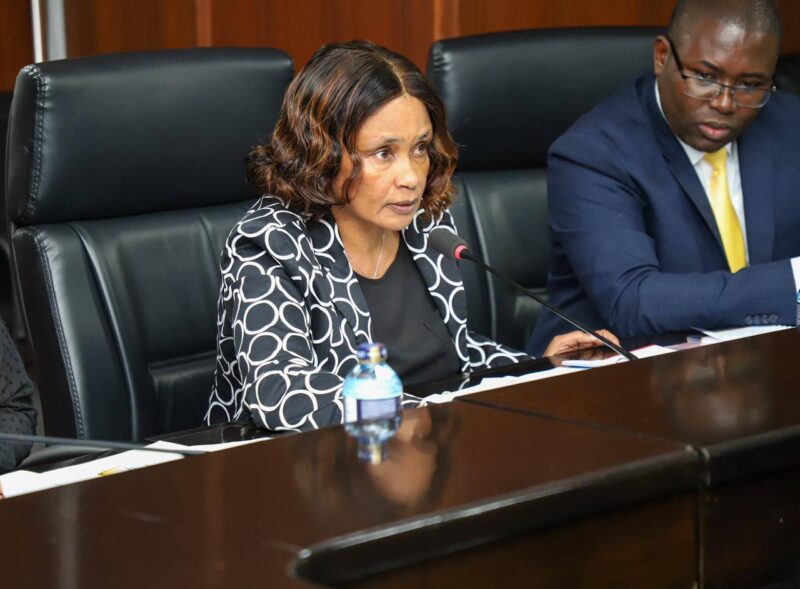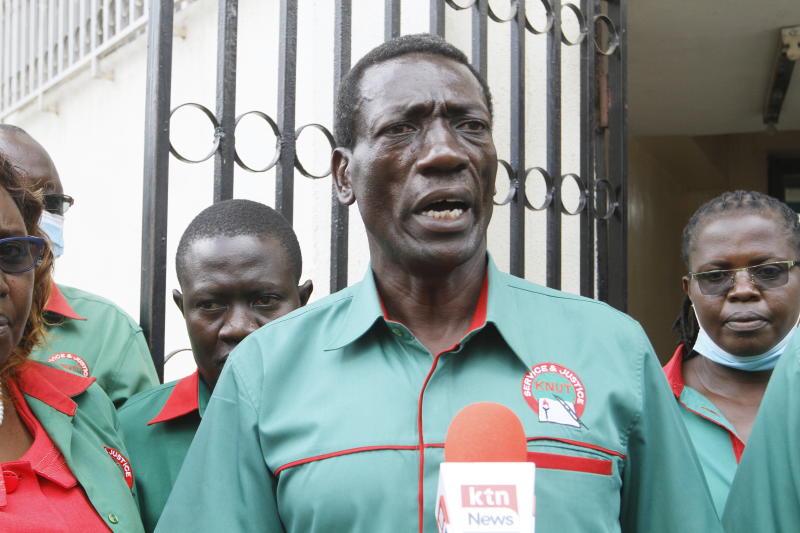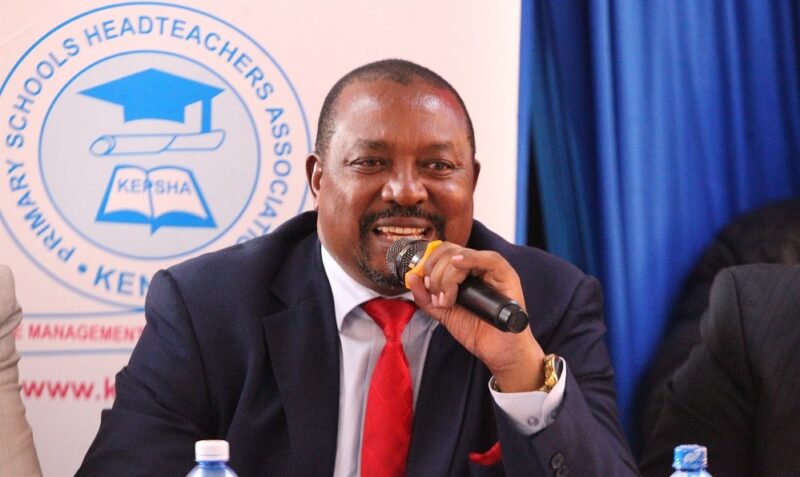Kenya promotes 151,612 public school teachers as part of systemic education reforms. Interviews for further promotions are set to begin while the government recruits 24,000 new teachers by January 2026.
As Kenya embarks on an expansive teacher recruitment drive, the government is also rolling out a significant wave of promotions within the public school teaching workforce. TSC Chair Jamleck Muturi announced that 151,612 teachers have already been promoted, and additional interviews are to commence shortly to address further career progression.
The promotional surge runs concurrently with the government’s commitment to hire 24,000 new teachers by January 2026, which—combined with the 76,000 already employed—will raise the total number of new teachers over three years to 100,000. This dual strategy underscores a holistic focus on both staffing expansion and internal capacity development.
During World Teachers’ Day celebrations, Muturi emphasized that the promotion process is integral to maintaining morale and rewarding excellence among educators. He indicated that the next round of interviews for further promotions would begin immediately after the ceremony, reflecting a sense of urgency in adjusting teacher ranks and pay scales.
Muturi further highlighted that the promotion process, like recruitment, is being conducted digitally to ensure transparency and efficiency. He affirmed that automating the process would reduce administrative delays and system bottlenecks, making it easier for eligible teachers to move up.
These promotions do more than adjust titles—they influence workload, responsibility, remuneration, and leadership roles within schools. Upgrading hundreds of thousands of teachers, especially in leadership or senior roles, can reshape organizational dynamics in education, improving supervision, mentorship, and instructional quality.
Notably, this wave of promotions coincides with intensive retooling programs already underway. Over 300,000 teachers have been trained or re-skilled, with the final cohort expected to complete training by December. These professional development efforts align with Kenya’s push toward the Competency-Based Education (CBE) system, which demands updated teaching approaches and competencies.
By combining renewal through hiring with recognition through promotion, the government is signaling that its education transformation agenda addresses both fresh capacity and internal ambition. The promotions also help to retain skilled teachers by providing upward mobility and incentives to continue service in public education.
In summary, Kenya’s promotion of 151,612 teachers and upcoming rounds of career advancement are synchronized with a major recruitment push and extensive training initiatives. Through this integrated approach, the government aims to foster a motivated, capable, and sustainably staffed teaching workforce in alignment with evolving curriculum demands.



